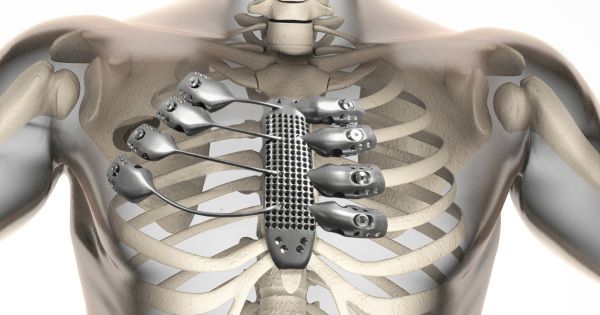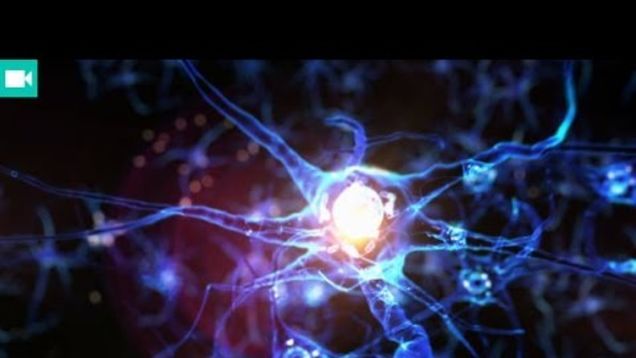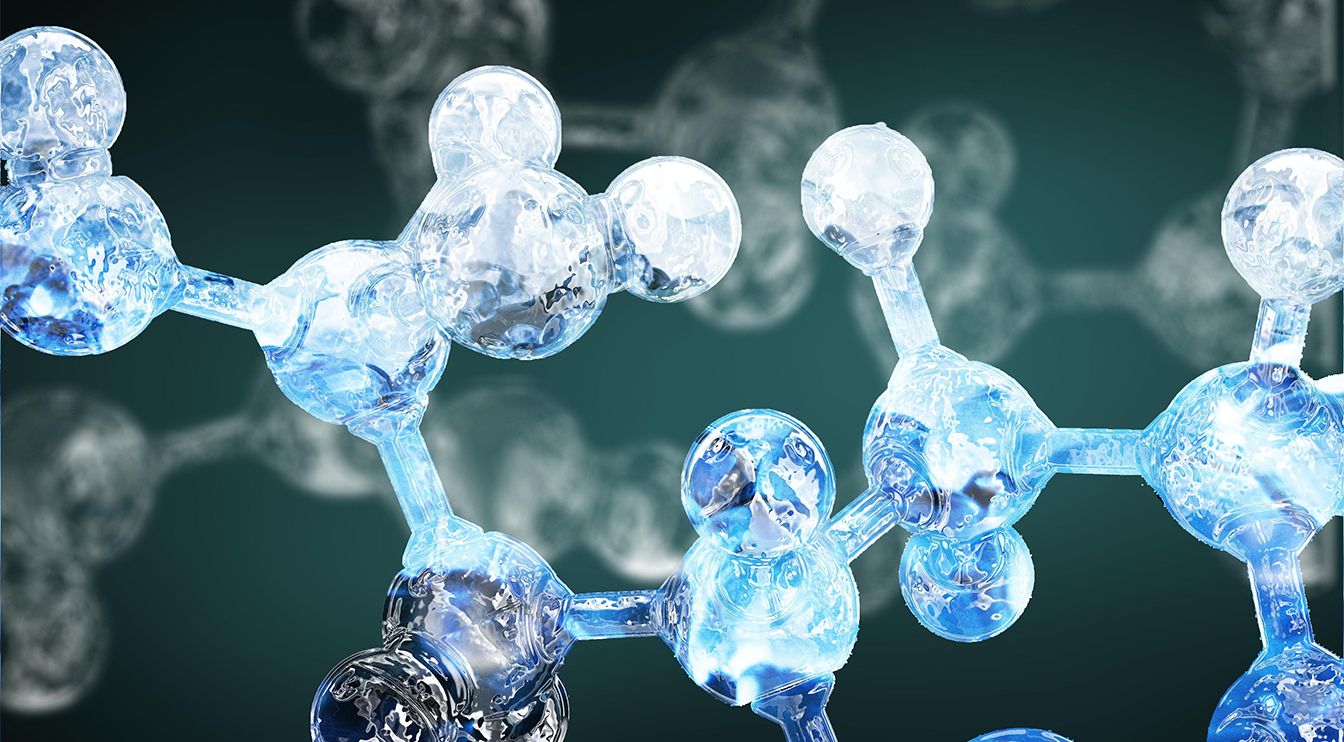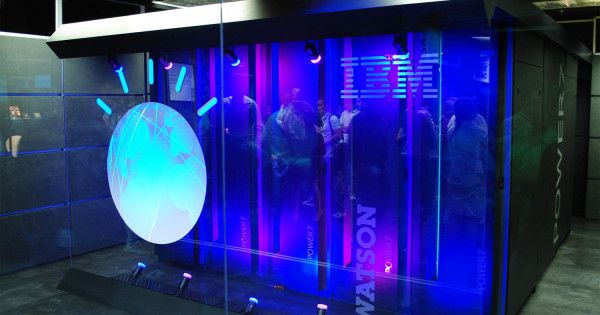
Sure, it can beat Ken Jennings at Jeopardy, tell you about your city, and dream up recipes for delectable delicacies, but now, IBM’s Watson is doing something even more important than all previous capabilities combined — it’s finally getting closer to becoming your doctor. Last April, the century-old company launched IBM Watson Health, and now, it’s opened up a new office in Cambridge, Massachusetts, home to some of the best universities in the U.S., and some of the most impressive biotech and pharmaceutical companies as well. In the last few months, Watson has already expanded its scope to take on some of our most pressing health issues and diseases, including cancer and diabetes, and with this new establishment, it seems that the supercomputer will only be taking on greater responsibilities in the industry.
More exciting still is the announcement that Deborah DiSanzo, the former CEO of Philips Healthcare, will be leading the unit as its general manager. Under her leadership, IBM hopes that Watson Health will be able to grow and further expand its massive cloud computing capabilities, which the company believes holds significant potential for modern health care. While current “health record systems can do great job storing data,” Mike Rhodin, senior vice president of the IBM Watson Group, told Fortune, “Watson can summarize that data and incorporate nurse and doctor’s notes to give a more complete picture.”
Related: IBM is bringing sports into the digital age, starting with the U.S. Open.
Read more
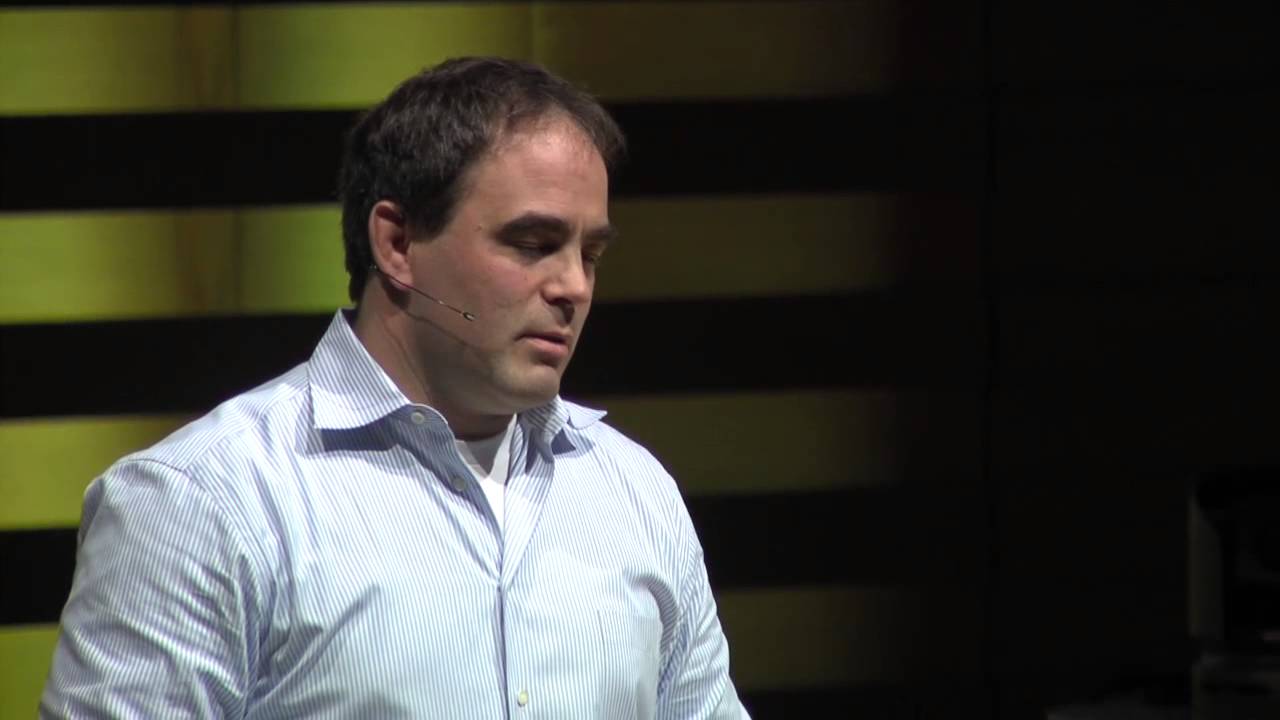
 This is my first article without pictures. At least none of Bitcoin, because the copper coin metaphors are tired and inaccurate. At the user level, owning bitcoin is simply your stake in a widely distributed ledger. Ownership exists only as strings of secret code and public code. There is no physical coin.
This is my first article without pictures. At least none of Bitcoin, because the copper coin metaphors are tired and inaccurate. At the user level, owning bitcoin is simply your stake in a widely distributed ledger. Ownership exists only as strings of secret code and public code. There is no physical coin.


